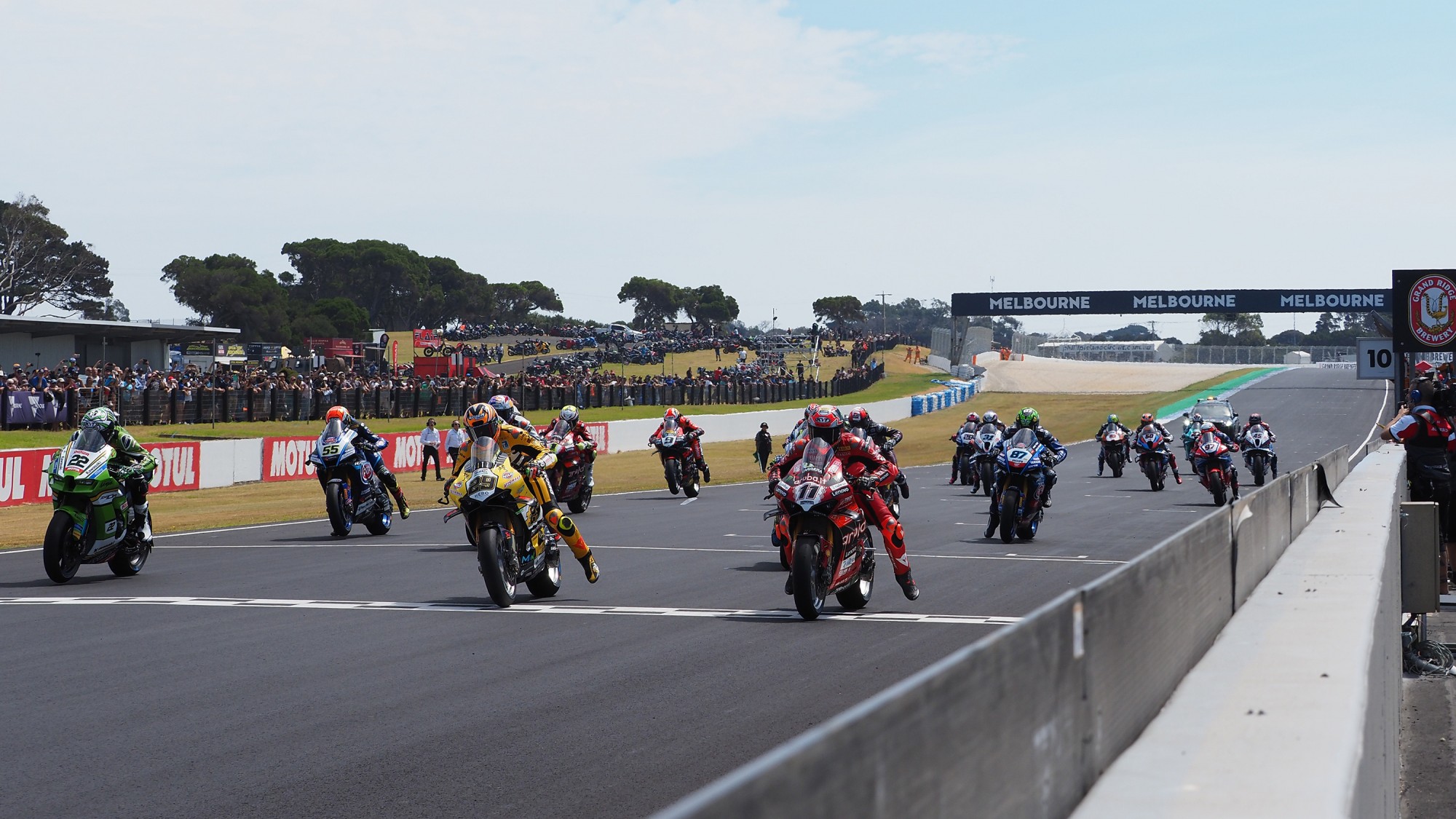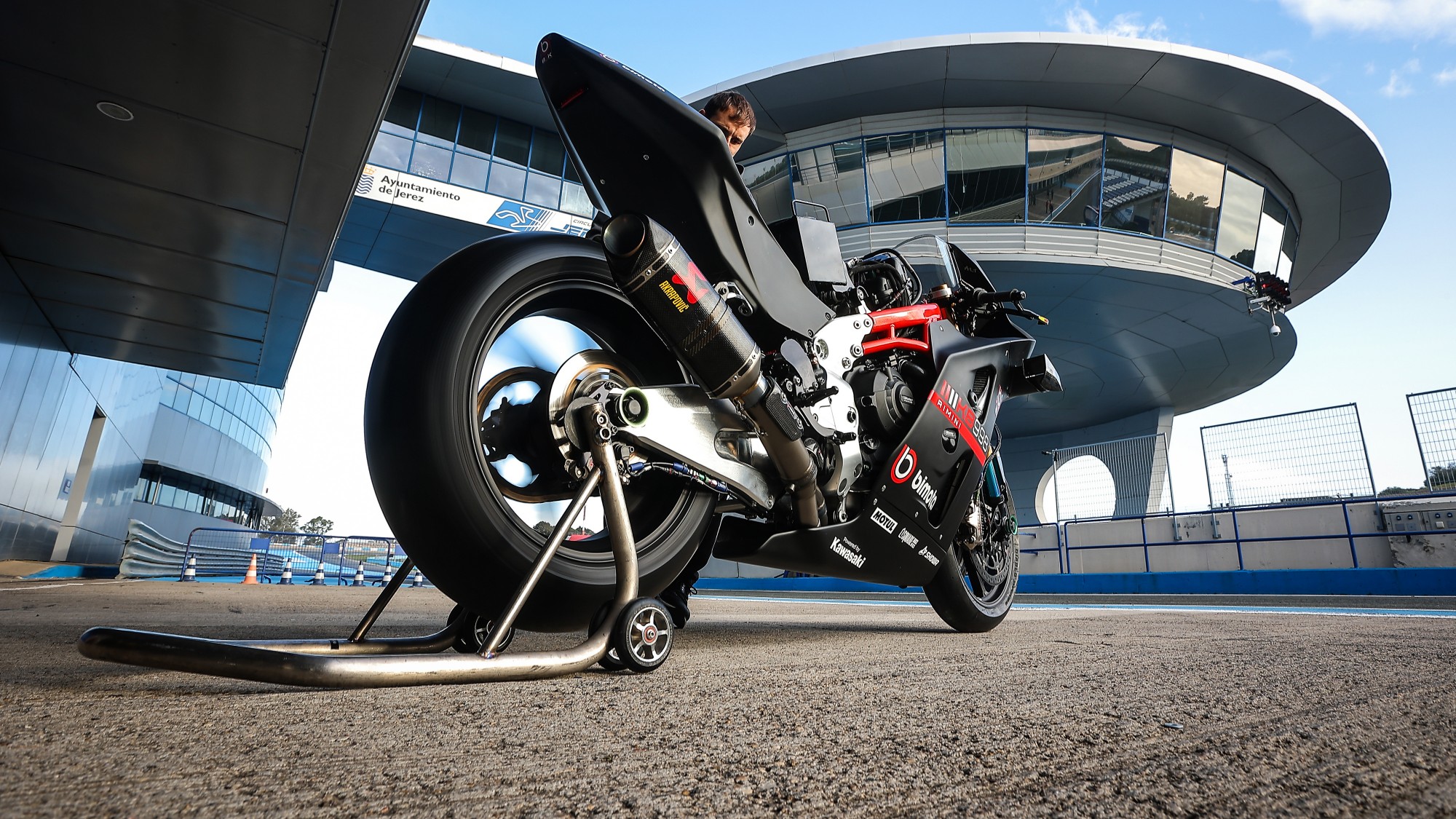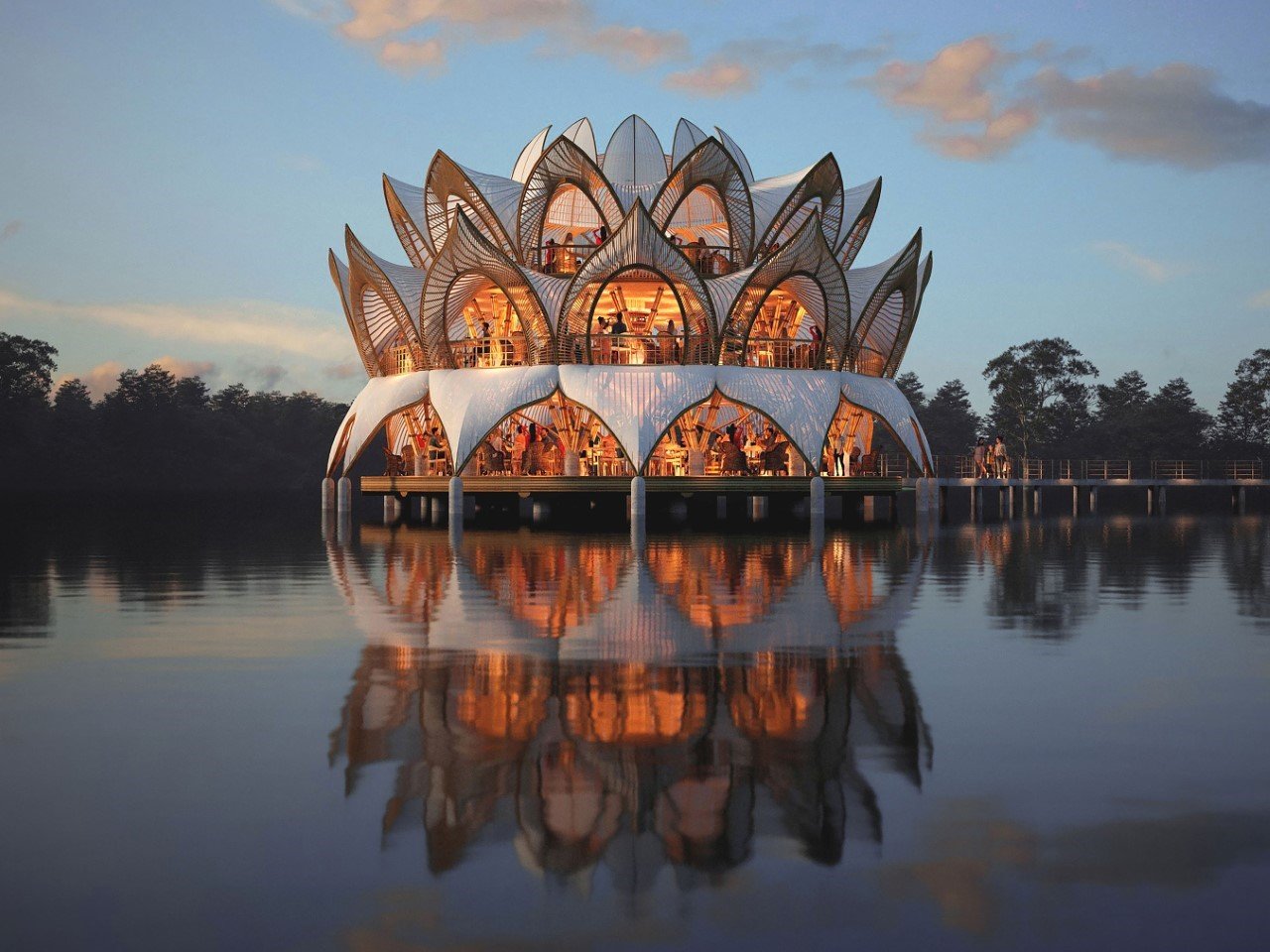Zoom Lenses: Your Comprehensive Guide
The post Zoom Lenses: Your Comprehensive Guide appeared first on Digital Photography School. It was authored by Jaymes Dempsey. Zoom lenses are cheap, effective, and incredibly popular; they’re used by hordes of photographers around the globe. For many beginners, a nice kit zoom is an amazing way to get started with photography, and for many professionals, a high-quality zoom is pretty much always mounted to their camera. But what actually is a zoom lens? […] The post Zoom Lenses: Your Comprehensive Guide appeared first on Digital Photography School. It was authored by Jaymes Dempsey.

The post Zoom Lenses: Your Comprehensive Guide appeared first on Digital Photography School. It was authored by Jaymes Dempsey.

Zoom lenses are cheap, effective, and incredibly popular; they’re used by hordes of photographers around the globe. For many beginners, a nice kit zoom is an amazing way to get started with photography, and for many professionals, a high-quality zoom is pretty much always mounted to their camera.
But what actually is a zoom lens? And what advantages does a zoom offer over a prime? In this article, I share all the basics, from a simple zoom lens definition to a handful of reasons why you should add a nifty zoom to your camera bag.
So if you’re ready to become a zoom glass expert, then let’s get started!
What is a zoom lens?

A zoom lens refers to any lens that offers multiple focal lengths. In other words, when using a zoom lens, you can capture images with several different fields of view simply by twisting the zoom ring on the lens barrel.
An 18-200mm zoom lens, for instance, can capture photos at 18mm, at 200mm, and at any focal length in between.
A prime lens, on the other hand, only offers a single focal length, so if you want to adjust your image field of view while using a prime, you have to physically move forward or backward. An 18mm prime lens would allow you to capture wide-angle shots but not telephoto files, while a 200mm prime lens would allow you to capture telephoto shots but not wide-angle images.
While pretty much every camera manufacturer offers a variety of zoom lenses, here are a few common zoom focal lengths to keep in mind:
- 24-70mm
- 18-55mm
- 70-200mm
- 16-35mm
- 200-400mm
- 70-300mm
- 75-300mm
Note that some zooms offer far wider focal length ranges than others. A 12-24mm model, for instance, only offers ultra-wide and standard wide focal lengths, while an 18-300mm model boasts wide-angle, standard, telephoto, and even super-telephoto focal lengths. Of course, as I explore below, not all zoom lenses are equally effective, and their prices can vary wildly, too.

3 reasons to use a zoom lens
Zoom lenses come with a handful of key benefits, including:
1. Zooms are convenient
What’s the main reason photographers love zoom lenses? They’re unbelievably convenient.
Instead of carrying around a handful of primes in a big camera bag, you can mount a nice zoom lens onto your camera and literally never take it off. It saves you the hassle – and the danger – of changing lenses, which will in turn ensure that you never miss a shot because you were trying to switch to a different focal length.

Plus, if you like to take photos while traveling and space is limited, a zoom lens can be a lifesaver. You’ll manage to capture all the same shots, but without sacrificing tons of storage space and/or luggage weight bringing an array of primes.
Of course, depending on the type of photography you do, a single zoom lens may not be enough. And there may be times when you’ll need to switch to another lens, especially if you tend to shoot a mix of ultra-wide and super-telephoto images.
But in general, a zoom will dramatically decrease the weight and volume of your equipment, allowing you to travel and photograph with much greater freedom.
2. Zooms can save you money
As I mentioned above, zooms come at a range of price points. And as I discuss down below, you have to be careful when purchasing a zoom because optical quality isn’t always top-notch.
But if your goal is to cover a range of focal lengths and you buy a zoom, that means you won’t need to purchase a slew of primes. So while you may need to spend quite a bit to acquire a high-quality zoom lens – more than a single high-quality prime lens would cost – you’ll potentially save money in the long run because you can grab one lens rather than three, four, or five.

Imagine, for instance, you’re hoping to do portrait photography with a range of focal lengths, from a standard-wide 24mm all the way to a short-telephoto 60mm, 70mm, or 80mm.
A nice 24-70mm zoom lens will be a real investment. But it may end up costing less than the price of a 24mm lens, a 28mm lens, a 35mm lens, a 50mm lens, and an 85mm lens, all of which together will deliver the same range of focal lengths as the 24-70mm glass.
Note: This math will change depending on the focal lengths you hope to cover, the quality of the lenses, the maximum apertures, and so on. Always do a careful comparison before buying to make sure you’re marking the right choice!
3. Zooms can capture a variety of images
Some photographers prefer the simplicity of prime shooting, and they do have a point: Working with a single 50mm lens offers a certain wonderful straightforwardness that just isn’t present when shooting with a 24-70mm lens.

But what if you’re photographing a scene that features a wide array of subjects? When traveling in a national park, for instance, you might encounter distant wildlife, stunning vistas, and interesting close-up details. That 50mm prime lens won’t get you the shots you’re lens looking for, and unless you’re prepared to carry and swap multiple lenses – and unless you can do it all at high speeds – you’ll be forced to pick one type of subject and sacrifice the others.
With the right zoom, however, you can quickly adjust your focal length as you shoot, and you can capture everything: the distant deer, the nearby patterns in the rock walls, and the entire mountain landscape.

Zoom lens drawbacks
I’m a huge zoom lens fan, but these lenses are far from perfect. Here are a few reasons why you might want to avoid buying a zoom:
1. Optical quality is often lacking
It’s true: Zoom lenses tend to offer softer and more distorted images compared to their prime counterparts (especially when looking at primes versus zooms in the same price range).
Zoom lenses tend to be especially weak at the extreme ends of their range, and while there are plenty of zooms that avoid this problem and offer pro-level image quality, they can cost a significant sum. On the other hand, you can grab a very sharp prime lens for a few hundred dollars – and while you’ll lose significant flexibility, depending on the type of photography you do, that may not matter.
Before you reject zoom lenses due to image quality issues, however, it’s important to identify the purpose of your images and determine whether any reduced optical quality will really make a difference. Even cheap zoom lenses often create passably sharp images, and you can improve sharpness further by narrowing the lens aperture when shooting.
2. The maximum aperture can be variable (and narrow)
Many zoom lenses, especially zooms that are designed for beginners, feature a variable maximum aperture (often written like this: f/3.5-5.6). Therefore, as you extend the lens, the maximum aperture value will change. If you’re using an 18-55mm f/3.5-5.6 lens, you’ll be able to use an aperture of f/3.5 at 18mm – but as you start to zoom in, the maximum aperture will change, until you’re forced to shoot at f/5.6 and narrower.
This may not matter at all if you like to use a narrow aperture to keep the entire frame sharp – but if you frequently work in low light or hope to capture files that boast gorgeous background bokeh, this aperture narrowing can be very frustrating.

Relatedly, even the best zooms don’t offer maximum apertures quite as wide as many primes. You can purchase a 24-70mm lens with an f/2.8 maximum aperture, but you can grab a 50mm lens with an f/1.8, f/1.4, or even an f/1.2 maximum aperture instead!
Who should buy a zoom?

I highly recommend purchasing a zoom lens if:
- You need to change focal lengths while shooting and don’t have time to switch lenses
- You aren’t too concerned about optical quality or you have the money to buy a pro-level lens
- You frequently travel and want to keep your gear size and weight to a minimum
- You plan to shoot casually and like the convenience that a zoom can provide
On the other hand, I’d recommend avoiding zoom lenses if:
- You want to maximize optical quality as much as possible
- You don’t mind changing lenses or working with a single focal length
- You work in low light and therefore need ultra-wide apertures
More specifically: If you plan to photograph events, landscapes, or travel scenes, a zoom could be a very good buy. But if you’re looking to capture products or portraits in low light, you may want to consider buying a prime (or three) instead.
Zoom lenses: final words
Now that you’ve finished this article, you know all about zoom lens photography – and you’ve hopefully determined whether a zoom is right for you.
At the end of the day, both zoom and prime lenses have their benefits, and it’s tough to go wrong with either. If you’re really struggling to decide, you can always rent a few different models and see what you think!
Now over to you:
Do you plan to buy a zoom lens? Why or why not? Share your thoughts in the comments below!
The post Zoom Lenses: Your Comprehensive Guide appeared first on Digital Photography School. It was authored by Jaymes Dempsey.
What's Your Reaction?





















































































